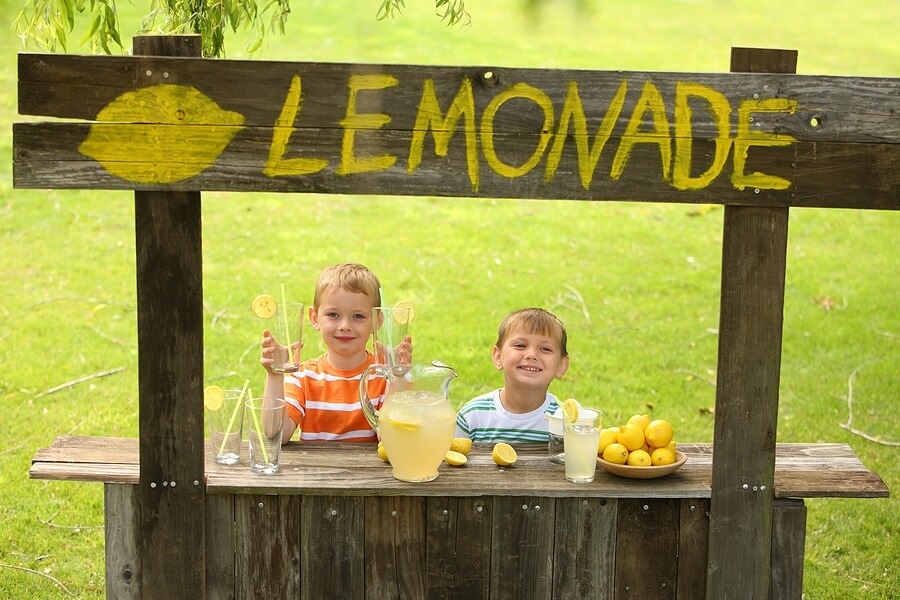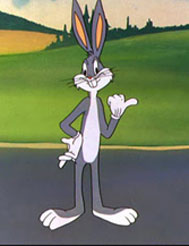

Younger kids can work on their measuring and money-counting by mixing the lemonade and making change for customers. Older kids can be in charge of setting the price by determining the cost per serving and setting a profit margin.
By using these math skills, your kids will have a successful business serving thirsty consumers all summer long!

Have your child play umpire and ask him to keep count of each batter’s balls and strikes. Additionally, he can also keep track of the outs every inning, and how many innings are left before the game is over. Ask him questions, such as what inning marks the halfway point in the game, and how many runs the losing team needs to catch up.
If a certain player on one of the teams is close to breaking a record, such as homeruns, have your child figure out how many more he needs to meet and break the record.
Math games like these will not only sharpen your child’s mind, it will make him appreciate the sport even more. Score!

Give your younger child tasks like sorting your ingredients or counting how many eggs you need for a certain recipe. Your older kids can work on number recognition and fractions by helping to measure ingredients, turning the oven to the correct temperature (with adult supervision), and dividing up the servings.
After you’ve finished your cooking, you’ll have a tasty little reward to enjoy together.

For example, if a $25 item is 20 percent off, how much does it cost?
You can mix and match different prices and discounts, add several sale items together, and even have your teen create an outfit with a pre-set budget.
She might be surprised to see how much percentages, fractions, and decimals play into one of her favorite pastimes!

Calculating time and mileage is a fun way for your child to pass the time in the car. For example, if the grocery store is three miles away, how long does he think it will take you to get there?
If you have several errands to run, ask you child how far away he thinks each destination is from the other, and then clock it to see how close his guess is.
Another fun car game is to use the numbers on license plates as an addition and subtraction lesson. Ask your child to add or subtract all the numbers he sees on the license plates you pass.
Not only will he be learning math while you get your errands done, keeping him occupied will help keep any car meltdowns at bay, too.

Your child can help figure out square footage, measure angles, and determine how much wood is needed to cover a certain area. Older kids can help measure and cut wood to fit in a certain spot. He won’t even know he’s working on his algebra and geometry skills.

Gardening as a family is a great way to spend time together, learn about nature, and eat nutritiously. The math part is a bonus!

Sewing, knitting, and crocheting all use many kinds of math to create pieces of clothing, quilts, or wall hangings: counting rows on a sock, adding yarn to make a piece bigger, multiplying to figure out how many times a certain color will fit across a motif. The possibilities are endless!
Not only does sewing make a great math lesson, you’ll also be teaching your child a life-long skill that she will be able use for years to come.

it’ll work on her time-telling skills, and it’ll help pass the time until the event.
For example, if she has a friend’s birthday party coming up in four days, ask her how long that is in days, hours, and minutes. You can even start a countdown for each of these. Her excitement will grow as each countdown winds down to her special event!

Not only is eating out a good math lesson — it’s a great way to spend time together as a family, too.

For example, how far apart are the telephones from each other in your neighborhood? Are they all the same distance, or do they vary? Is there a pattern? This lesson can also be done with trees, fire hydrants, or even flowers in a garden. Ask your child to point out all the patterns he sees, and point out the ones you see, as well.
Additionally, take note of all the shapes that can be found in nature. Ask your child to find a living thing that is a square, rectangle, or circle. With so much to see and find, he’ll never know you’re working on his geometry skills!





